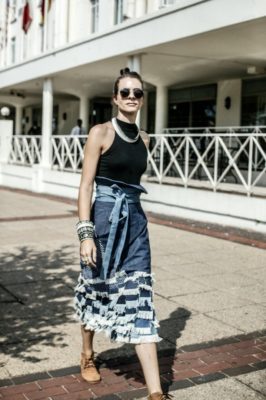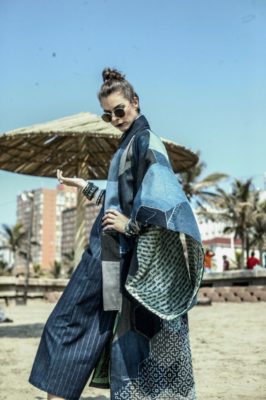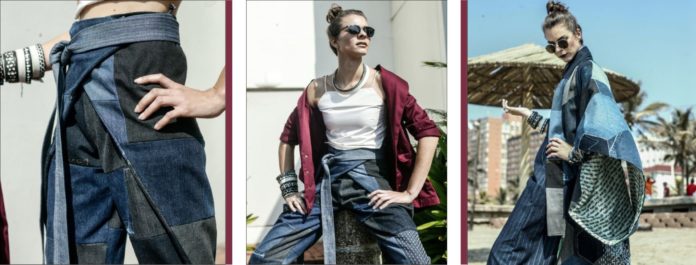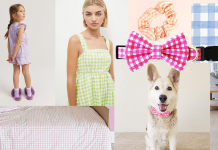Sustainable fashion design is a hot topic right now that might have started as a trend, but has grown into a movement that stands alongside the battles against plastic, greener living, organic eating and climate change. We chatted to internationally recognised Durban designer Leandi Mulder, who adopts sustainable fashion and mindfulness in design as underlying philosophies for her creations.
Using innovative methods and handcrafting techniques such hand-weaving, embroidery and textile construction, Leandi began her career, fresh out of fashion college, by transforming textile waste into new fabrics with a unique aesthetic. Fast-forward a few years, and she continues to push boundaries by gravitating towards exploring ecological and sustainable design through recycling and upcycling, hoping to inspire others to join in on this life-changing journey. She’s currently completing her Masters in Beijing, and furthering her field in sustainability through working with South African mohair.

“I love creating by hand. It’s incredibly rewarding to feel like my hands and personal energy have been part of every warp and weft of my textiles. Also, knowing that the denim that I’ve used comes from second-hand outlets, donations and textile company samples and swatches makes a huge difference to me. I’ve sourced second-hand kimonos from thrift stores in Japan, and created fabrics using old saris from Durban’s incredible car boot market. No matter where I am or what I’m doing, I’m constantly looking at the resource potential of waste-clothing and fabric, and I get lost in my own thoughts because there is so much that I can do with it. There is so much we, as a city, as a country, as a continent can do!”
To understand why sustainable design is important, Leandi says it’s necessary to be aware of the harmful impact of our current clothing industry.
“The clothing and textile industry is one of the most polluting industries today, fuelled by growing fast-fashion companies who create retail environments that revel in low prices, where more clothing is manufactured at a faster pace than ever before, with poorer quality textiles and end-products. This process has been intensified by the modern-day consumer’s insatiable appetite for materialism, over-consumption, indulgence in fleeting trends and thoughtless disposal. Cheap prices and poor quality garments paired with frivolity; teaches young consumers that fashion has no value, therefore dismantling the culture of fashion.”

Leandi admits that we are now at a place where this system cannot be sustained anymore, and we need to start making better buying choices. Ideally, sustainable and ethical fashion practices should enhance the wellbeing of all individuals who, and environments that, interact with and within it.
“If you want to see the environment flourishing and employees treated respectfully and humanely, it is imperative for creators and consumers to change our existing practices. We need to start generating alternative conversations and thinking patterns around clothing, going back to our roots of slow fashion. We need to go back to making and buying beautiful clothes, with a soul and a story, so that we minimize waste.”

“With so much information available, and so many industries begging for our attention when it comes to being more sustainable, it can often be overwhelming to start making personal changes but, it is not impossible.”
So what can you as an individual do? Speak with your wallet, and start by supporting the right businesses.
“It’s all about being a conscious consumer, and not chasing the SALE sign that immediately sets the endorphins off when we walk into a store. It’s important to remember that all clothing has a life-cycle, and even more important to think about what will happen to that item once its wearing-phase is over. If you buy clothing that is made from polyester, you are basically wearing plastic, which is not biodegradable. If you are saying no to the straw and the plastic bag, you should also say no to synthetic fabrics.”

Supporting South African designers who produce fashion locally, is the first step that anyone can take to creating a more sustainable and mindful world.
“Ask yourself if you really NEED a particular clothing item you’ve got your eye on in your wardrobe before buying it. Choose clothing items that are made in Durban. Buy quality items that are made with sustainably produced, biodegradable fabrics. Practice mending, get crafty, upcycle. Take your torn coat to a tailor or your broken heel to a shoemaker. You might not see the value in doing so now, but it’s so important to extend the life of your beloved items as long as you can.”






